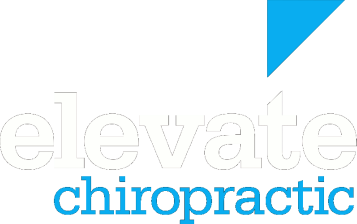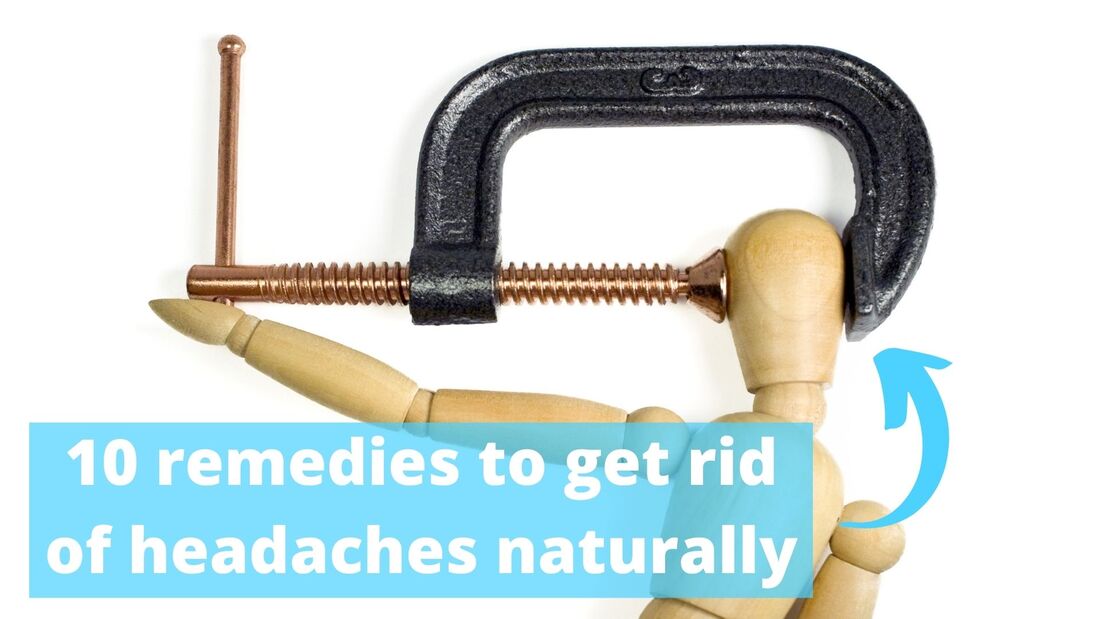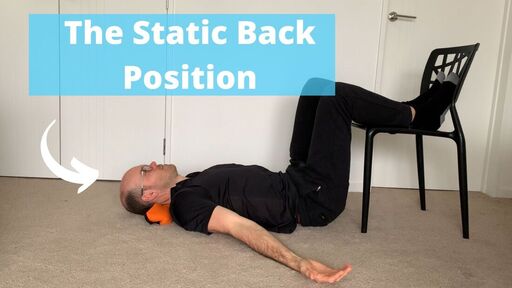The severity ranges from an annoyance to debilitating pain and they can be short lived or last for hours.
I haven't mentioned Chiropractic care in this list, but chiropractic care can be a really effective approach to reducing headaches and I will talk about that in the next blog post, so keep an eye out for that. But what happens when we are stuck at home with a lockdown?
Now, I’ll be the first to admit that reaching for the medication can be helpful when it comes to easing the pain of a headache. However, in this blog post, I wanted to share 10 natural things that you can try at home.
If you are a regular headache sufferer, a headache diary is an important thing to make. The goal with the diary is to find out if there is a trigger for your headaches.
The diary won’t stop the headaches, but they will give you an insight into the cause, and then you can make the necessary changes to hopefully reduce or stop the headaches.
Making the diary is easy, when you get a headache think about what you have been doing, eating etc, prior to it and note it in the diary. Over time a pattern may emerge. Triggers can be:
- Foods
- Environmental stimuli (lights, stress, noises etc)
- Postural problems (work, sitting, looking at phones too much etc)
- Behavioral (excessive exercise, blood sugar changes, dehydration etc)
- A small portion of headaches are warning signals for other problems. This is why it is important to get them checked out.
Heat can be an effective way to help ease the symptoms of headaches. A lot of headaches come from the neck, so using heat to reduce tension in the area will be beneficial.
For me, a wheat bag is the best option. When using heat, short bursts work better. Apply for 20min then leave off for 40min before re-applying.
An even better option is to apply the heat whilst in the static back position. This is one of my all-time favorite positions to rest in.
Simply start by lying on your back on the ground. Have your legs bent up so they are resting on a chair or the couch and have your arms down by your side, preferably with palms up. It is best to make your hips and knees both form a 90 degree angle (this position is often referred to as the 90/90 position). Stay in this position for as long as it is comfortable, it can be up to 20min or longer. Using a wheat bag on your neck whilst in this position is an added benefit. Try it and see if it helps you.
P.S. This is also a great position for lower back discomfort.
A lot of headaches can be linked to poor posture and working on posture can help ease the symptoms. You can find lots of useful videos on our website to give you some posture tips.
Make sure you get up and move around if you are sitting all day at work to help reduce the postural stress on your neck and upper back.
Also, stop looking down at your phone for extended periods of time. This position puts huge stress on the neck.
Gentle neck stretches can help ease the tension in the area. A good place to start is by gently taking your neck through its normal motions. Bending forward, bending backwards, turning left and right and taking the ear to the shoulder on both sides. I would hold each of these for 10 seconds.
I have made a video showing some other useful neck stretches. You can watch it here
Note: Doing this in the shower is an effective way to get the benefit of heat and gentle stretches as the same time.
Working on the soft tissue in the upper back and neck can be effective. The heat will help with this as well, but a good massage on the shoulders, upper back and neck can be useful. You can also use tools like massage balls etc to help with the massage. Again, you can find useful videos of some of these in the blog section of the website.
Many headaches have a stress component to them so being able to relax or de-stress is important.
My favorite thing to do is 3-5 minutes of deep diaphragmatic breathing. Simply find a quiet spot, sit comfortably (or even lay in the static back position above) and concentrate on breathing in through the nose into the abdomen and then out through the mouth.
If you aren’t into this, then try one of many meditation apps that are around. This type of guided meditation can be really helpful.
A lot of headaches have a dehydration component (A common presentation for a dehydration headache is a frontal headache that throbs), so make sure you are drinking enough water.
How much water should you drink? you may ask, well start with somewhere between 1.5-2 litres water a day, but be aware that if you are drinking coffee and tea, these can often dehydrate the body, so you may need to increase your water intake even further.
Magnesium has lots of benefits for us. Low magnesium has been clinically related to an increased risk of migraines. Supplementing with magnesium has been shown to help both migraines and headaches.
You can try a quality supplement like the Metagenics Fibroplex plus.
This is a no brainer, but keep exercising and stay active. A large study of 92,000 people showed that those people that were more active had less headaches as well.
As little as 15 minutes a day has been shown to have benefits. So the goal here is to keep active.
Sleep is important. In a study, those people that were consistently getting less than six hours sleep, had significantly increased risk of headaches compared to those who were getting more than six hours sleep.
I have made a few videos on getting better sleep and choosing pillows. Here are the links.
There you have 10 natural remedies to try at home to help reduce your headaches. If you liked this post, please share with a loved one who you think will benefit from it.
Also, if you try these tips and are still suffering then please call me on (09) 413 5312 and make a time for an assessment. That way I can do my assessments and see if chiropractic care could be a good option for you. Remember it's important to get to the cause of the problem and not just reduce the symptoms.





 RSS Feed
RSS Feed


